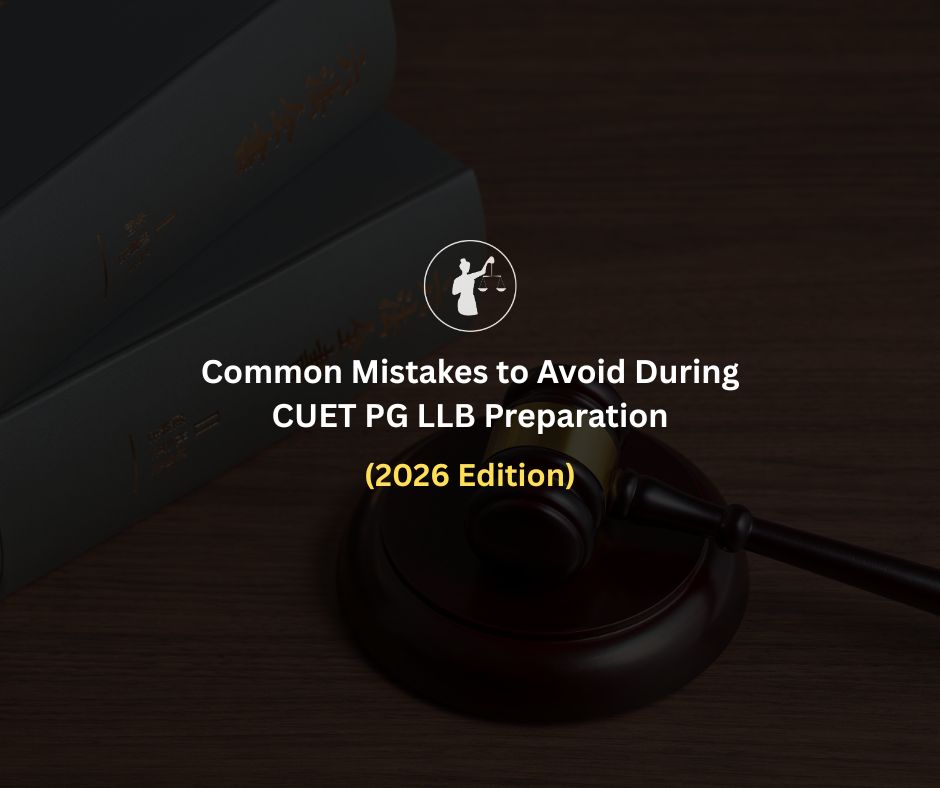
To gain admission into Delhi University’s prestigious 3 year LL.B. program via CUET PG DU LLB 2026,
aspirants must master the COQP11 exam. While the syllabus may appear manageable,
success depends heavily on understanding the exam pattern, question distribution, and time allocation strategies.
This article breaks down the entire CUET PG DU LLB 2026 exam pattern, helping you align your preparation with the paper’s structure for maximum performance.
CUET PG DU LLB ONLINE COACHING
This pattern tests both subject knowledge and your time management ability under pressure.
Read More : CUET PG DU LLB Mocks: Top Mistakes to Avoid
Let’s decode what each section includes and how many questions you can expect.
You will have 105 minutes to solve 75 questions. That translates to 1.4 minutes per question.
But not all sections are equally time-consuming. Here’s how to allocate your time:
Pro Tip: Practice with a stopwatch to build section-wise timing discipline.
Many aspirants focus on covering topics but fail to optimize their attempt strategy.
Here’s how understanding the pattern boosts performance:
Prevents Over-attempting Quant: Since Quant is weighted heavily (~40%), aspirants often spend too much time here.
Time budgeting prevents this trap.
Improves Accuracy in GK & Computer Basics: These sections are high-yield and low-effort.
Knowing their weight keeps you from ignoring them.
Reduces Exam Fatigue: By preparing to switch between section types, you maintain mental stamina through the test.
Enhances Mock Test Analysis: Once you understand the exam pattern, mock test feedback becomes actionable.
Read More : CUET PG DU LLB 2026 Prep Month-by-Month Timeline
Use this pattern-aware mock test plan:
Start Mocks from Month 4 of Prep.
Take at least 10 full-length mocks under timed conditions.
Simulate the real exam: 105 minutes, fixed section order.
Post-mock analysis should include:
Section-wise time spent vs ideal time
Accuracy rate in each section
Questions skipped due to time pressure
Use the exam pattern to shape your revision approach:
Q1. How many hours should I study daily for CUET PG DU LLB 2026?
A focused daily schedule of 5–6 hours is ideal if you start preparation at least 6 months in advance. These hours should include concept building, revision, and timed practice. During later stages (mock test phase), it is advisable to increase the time to 7–8 hours per day, with greater emphasis on performance analysis and refining weak areas.
Q2. When should I start taking mock tests?
You should begin sectional tests by Month 3 once the basics are covered. Full-length mock tests should start by Month 4, and you should attempt at least 10 mocks before the final exam. Regular mock testing helps manage time pressure and reveals section-wise strengths and weaknesses.
Q3. Is current affairs more important than static GK?
Both components are important, but static GK, especially Indian Polity, Constitution, History, and Economic terminology, formed a major part of previous year CUET PG papers. Current affairs—particularly legal-political developments from the last 6–8 months should be revised weekly and compiled in a dedicated notebook.
Q4. Do I need to study Legal Aptitude or Legal Reasoning for CUET PG DU LLB 2026?
No. The COQP11 paper for CUET PG DU LLB 2026 does not include Legal Aptitude or Legal Reasoning. The focus is entirely on general aptitude English, GK, Reasoning, Quantitative Aptitude, and Computer Basics. Candidates are not expected to have prior legal knowledge.
Q5. Should I refer to multiple books per subject during preparation?
No. It is more effective to use one high-quality, syllabus-aligned book per subject, and revise it thoroughly. Supplement your study with topic-wise mock tests, previous year question trends, and curated flashcards. Using too many sources often leads to confusion and incomplete revision.
The CUET PG DU LLB 2026 exam pattern (COQP11) demands strategic preparation, not just content mastery. Knowing the structure helps you plan mocks, optimize sectional performance, and avoid time traps especially in Quant. With a clear understanding of marks distribution, section difficulty, and time allocation, you’ll be better equipped to crack the test and secure a seat at Delhi University’s Faculty of Law.





